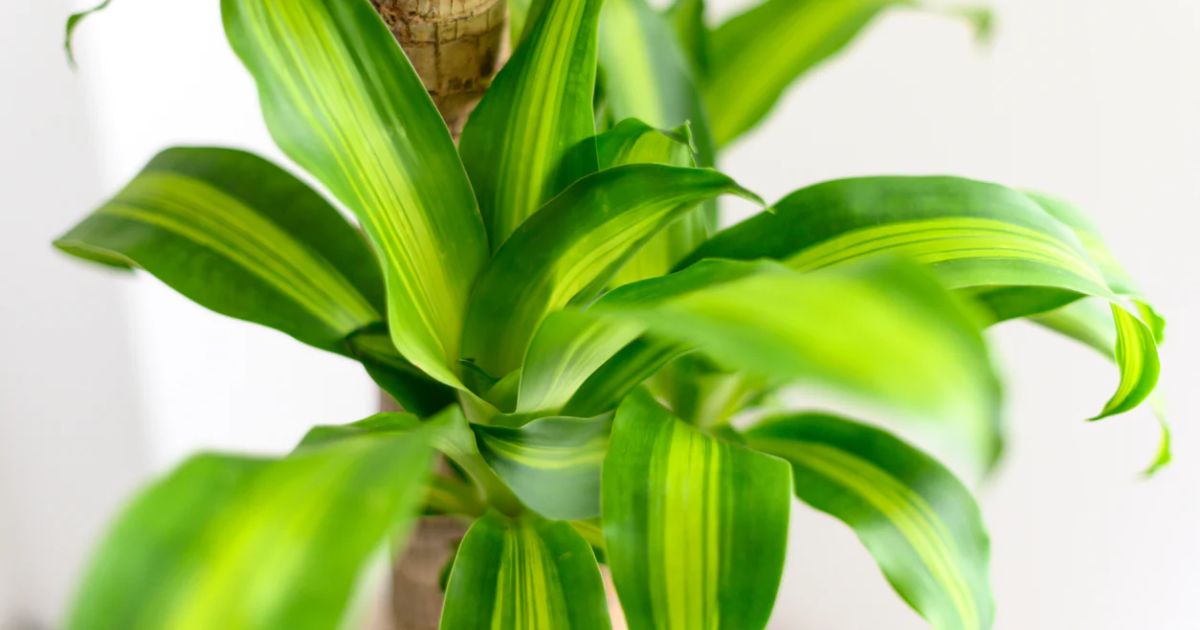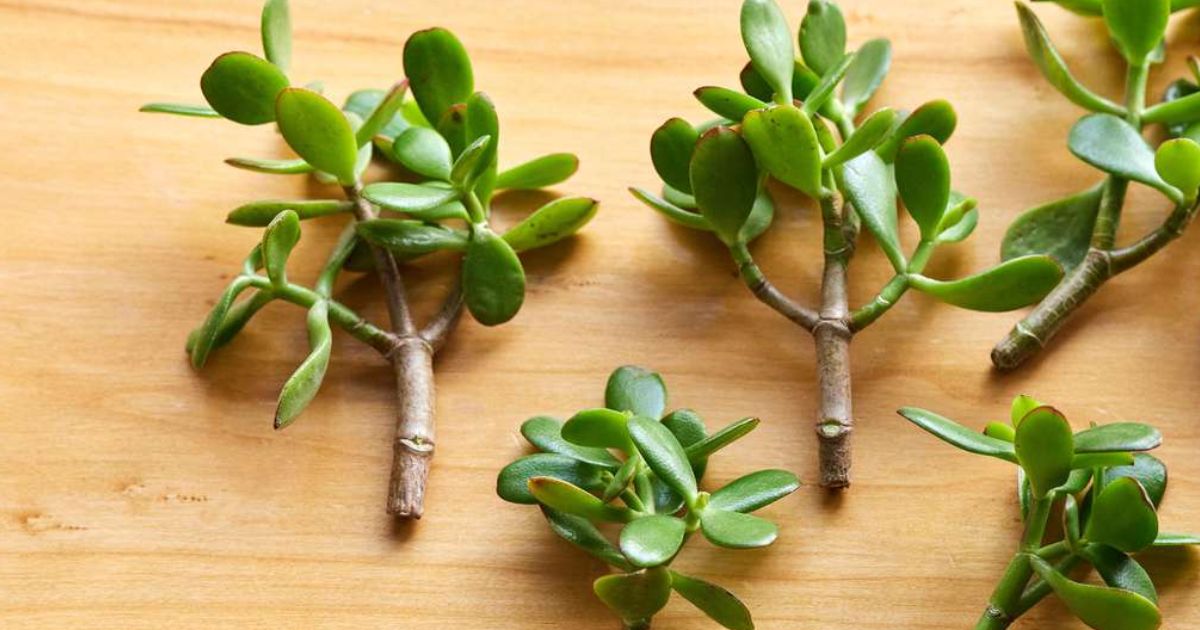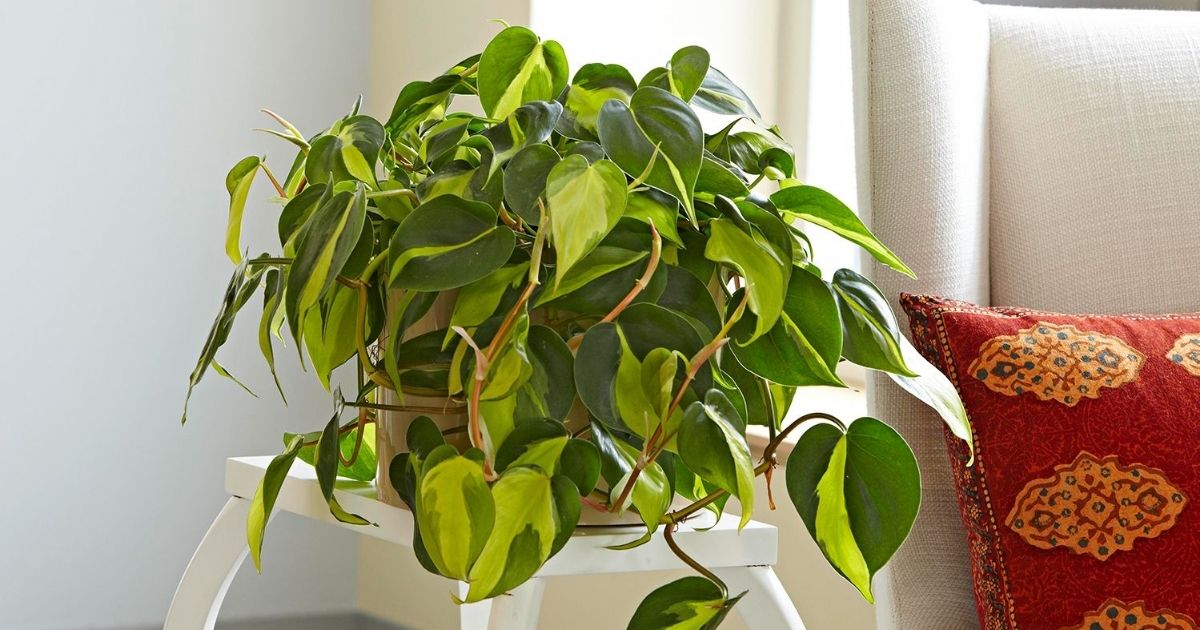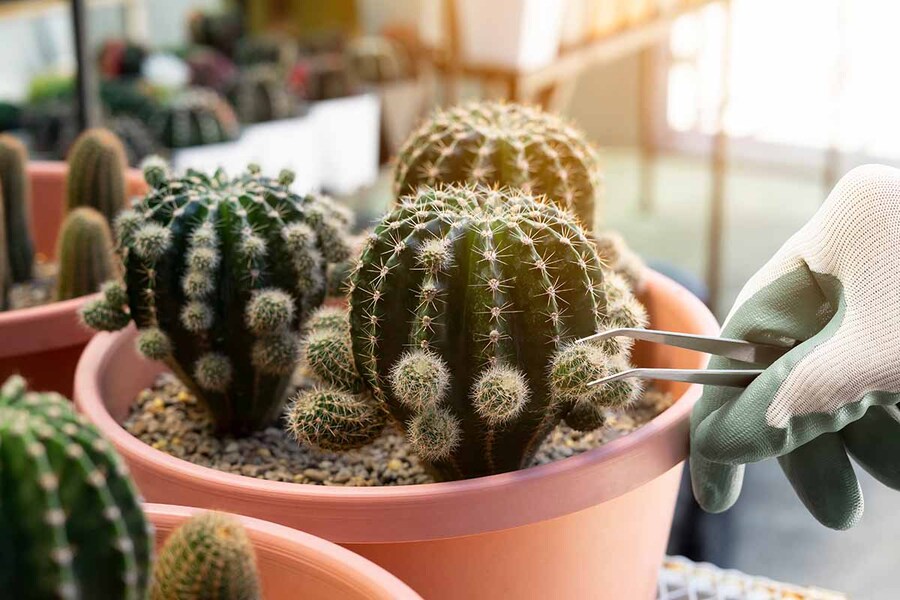How To Propagate Pine Trees: Step-By-Step Guide for Starters
A pine tree is an evergreen coniferous tree characterised by needle-like leaves and distinctive cones. Propagating pine trees is essential to ensure their continued growth and sustainability, as it helps maintain biodiversity, support ecosystems, and contribute to oxygen production.
But do you know how to propagate pine trees? Below is a step-by-step guide to answer your question.
Table of Contents

What to Prepare Before Pine Tree Propagation?
Before jumping into how to clone a pine tree, you need to consider some supplies to prepare first:
Gathering Supplies:
- Sharp pruners or shears. Make clean cuts, which is essential for healthy root growth.
- Rooting hormone (optional). While not necessary, rooting hormones contain auxin, stimulating cell division and growth and encouraging root development. Choose one formulated explicitly for conifers.
- Potting mix. Use a well-draining mix suitable for conifers. A common option is a mix of perlite, sand, and peat moss.
- Pots. Choose small pots with drainage holes, around 3-4 inches in diameter.
- Fungicide (optional). Applying a fungicide to the cut end of the stem can help prevent fungal diseases.
- Clear plastic bag or humidity dome (optional). This helps maintain humidity around the cutting.

Choosing the Right Cutting:
- Timing. The ideal time for cuttings depends on the pine species. Generally, it's between early autumn and mid-winter or late summer before new growth appears in spring.
- Selection. Choose healthy, non-flowering branches from the current year's growth. Look for ones that are firm and flexible, with green needles.
- Length. Aim for cuttings around 4-6 inches (10-15 cm) long.
Additional Considerations:
- Identify your pine tree species: Different species may have specific requirements for successful propagation. Research your particular type for any additional tips.
- Work in a clean and well-ventilated area: This helps minimize the risk of pathogens.
By preparing these materials and considering these points, you'll be well-equipped to start cloning plants, not only pine trees!
How To Propagate Pine Trees In 3 Steps:
Now get ready to grow your own mini forest! This guide breaks down pine tree propagation into 3 manageable steps:
Step 1: Taking Pine Tree Cuttings
The timing of taking cuttings depends on the stage of growth of the stems. For instance:
- Softwood cuttings from pine trees should be taken in May, June, or July when the new growth has flushed but hasn't hardened yet.
- Hardwood cuttings during the winter when the tree is dormant.
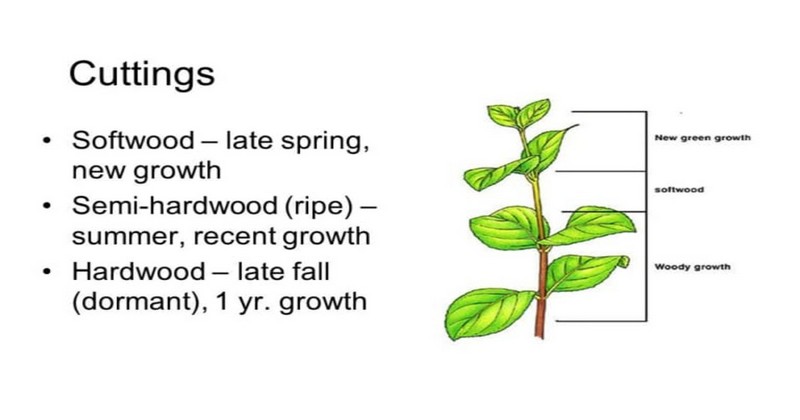
To take pine tree cuttings, use sharp hand shears and make a slightly angled cut. You should aim for around 6 inches long and remove any side shoots around the lower 2 inches of the cutting.
To promote root growth, consider making some small, vertical cuts at the base of your cutting. Afterward, ensure that the soft growth points upward and out of the soil while the other end is placed on establishing roots.
Step 2: Planting Pine Cuttings
To grow roots on your cutting and reduce the risk of rot:
- Start by washing and drying its base.
- Dip it into rooting powder.
- Use a stick or your finger to make a hole in the soil and place the powdered cutting into the hole. You can plant several pine cuttings in each pot.
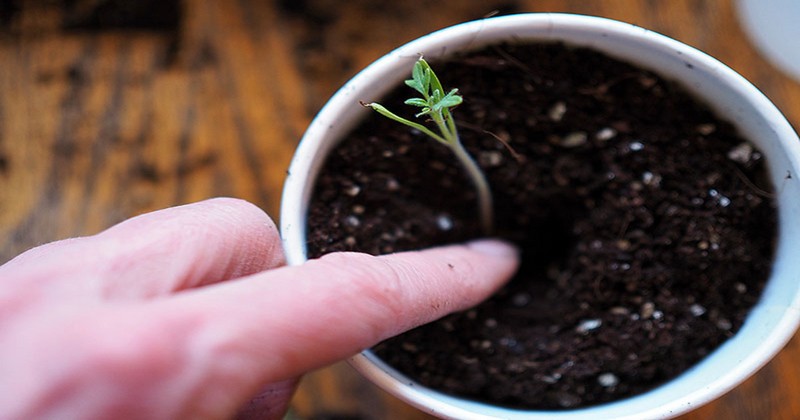
It's important to use a mix that drains well for the soil. You can mix your usual potting soil with horticultural perlite. When planting, be sure to submerge the bottom half of the cutting in the soil, but make sure no needles are in contact with the soil.
See more: How To Propagate Money Tree: 3 Easy & Fastest Ways
Step 3: Growing Pines From Cuttings
During the initial months of the propagation process, you strengthen the root by
- Keep soil moist but not soggy.
- Use a pot and well-draining soil to prevent root rot.
Avoid pulling the roots too hard when checking for rooted cuttings, as it may harm the delicate roots. You can also look for root growth around the base of the pot.
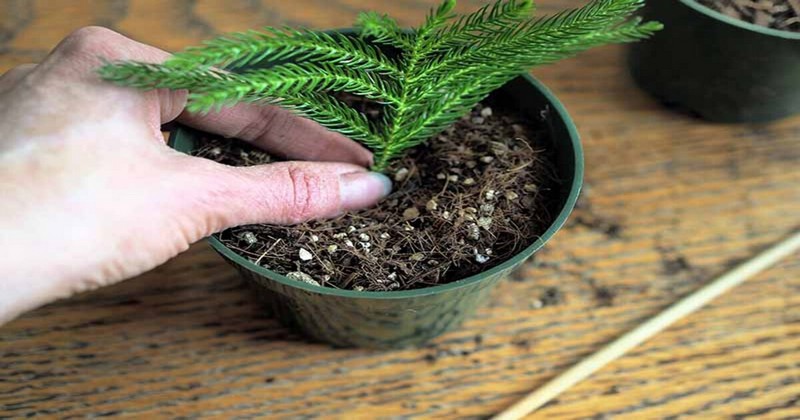
Once the cuttings have rooted, they can be repotted. It's best to transfer them to larger, individual pots. You can add some pine fertilizer if you wish. For better establishment, keep your pine tree cuttings in the pots for a few seasons. Later, transplant your new pine trees into the ground.
8 Successful Tips To Clone A Pine Tree
How to propagate pine trees requires patience and the right conditions. Hence, we will introduce 9 necessary tips and guidelines for successfully growing pine trees from cuttings below.
Selecting And Preparing The Cuttings
To start propagating a pine tree:
- Select healthy cuttings from the parent tree.
- Ensure the cuttings are 6 to 8 inches long, and you need to take these cuttings from the current season's growth.
- Utilise pure and sharp pruning shears to prevent cutting from being damaged.
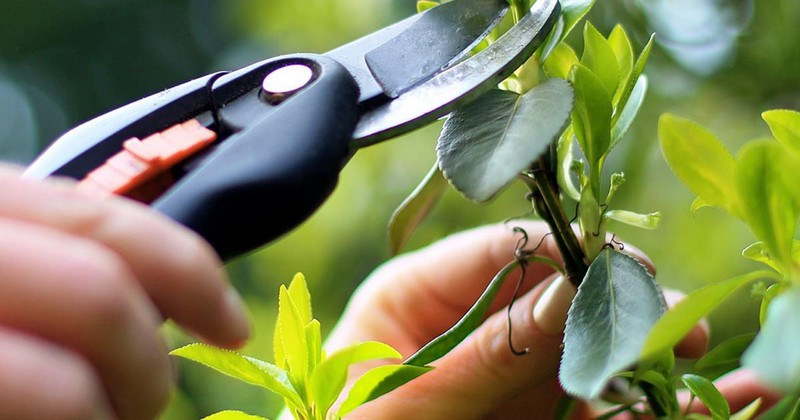
See more: How To Propagate A Peach Tree: Basic Steps for Beginners
Preparing The Rooting Medium
Pine trees prefer well-draining soil with a pH level between 5.5 and 6.5. You can prepare a rooting medium by combining equal parts coarse sand, perlite, and peat moss. This action will keep the cuttings in good drainage and aeration.
Treating The Cuttings
Before planting the pine tree cuttings, treat them with a rooting hormone to help stimulate root formation. Follow the manufacturer's instructions for the hormone you use to ensure proper application.
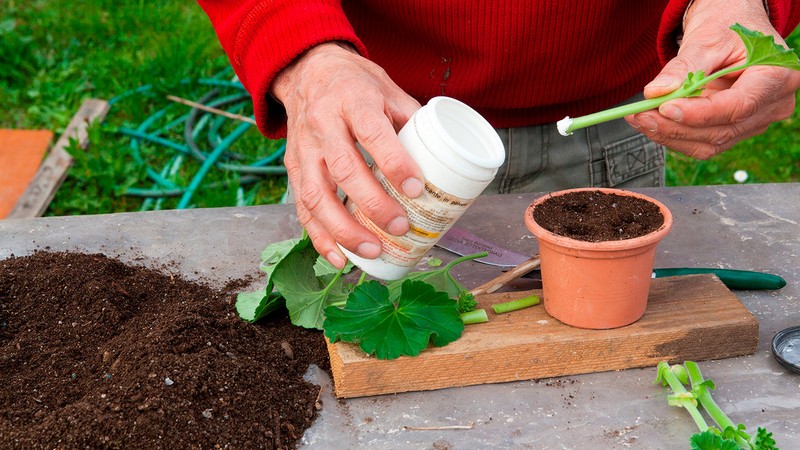
See more: How To Propagate Fig Tree: A Comprehensive Guide By Experts
Provide Proper Environmental Conditions
Pine tree cuttings require specific environmental conditions to encourage rooting. They should be kept in a well-ventilated area with bright, indirect light.
You should maintain the temperature between 65-75°F (18-24°C). Avoid exposing the cuttings to extreme heat or cold, as this will hinder root formation.
Regular Watering
If you want to propagate plants in water, maintaining consistent moisture is a must. Keeping the rooting medium evenly moist but not overly saturated is important. Overwatering can result in rotting, while underwatering can lead to dry out.

Patience And Monitoring
Rooting pine tree cuttings can take several weeks to months, requiring patience and regular monitoring. Keep an eye on the cuttings for any signs of wilting, disease, or pests. Prune any dead or diseased parts to prevent the spread of infection.
Transplanting The Rooted Cuttings
After your cuttings have developed a healthy root system, it's time to transplant them. You can either put them in individual pots or directly into the ground. But before you do that, use a well-draining potting mix or adequately prepare the soil.

Once you've transplanted the cuttings, make sure to provide them with proper care and maintenance. This includes regular watering and protecting them from extreme weather conditions.
Long-term Care
Growing pine trees from cuttings requires long-term care and maintenance. Regularly monitor the growth of the young trees and provide them with adequate sunlight, water, and nutrients. Consider using organic fertilisers exclusively, as chemical fertilisers can harm the delicate root systems of the young trees.
Frequently Asked Questions
Can You Take Cuttings From A Pine Tree?
Yes. Pine can be grown from cuttings, but it's trickier than other plants. You'll get the best chances of success if you keep the cuttings from drying out, so that means removing some of the needles and covering them to get the humidity up.
How Do You Propagate Conifers From Cuttings?
- Choose small, healthy shoots about 7.5cm - 10cm (3-4in) long and pull off gently from the plant, removing a sliver of darker wood.
- Neatly trim this with sharp secateurs or knife.
- Dip the cut end of each cutting into hormone rooting powder or gel.
- Insert several cuttings around the edge of a pot filled with free-draining compost (a mix of 50 per cent cuttings compost and 50 per cent horticultural grit).
- If you're growing several varieties, label pots and finish by watering.
What Is The Best Time Of Year To Take Cuttings For Pine Tree Propagation?
The optimal time to take hardwood cuttings is during winter when the tree is dormant. To take the pine tree cuttings, use sharp hand shears to make a slightly angled cut, aiming for a length of around 6 inches. Then, remove any side shoots around the lower 2 inches of the cutting.
What Type Of Soil Should Be Used For Rooting Pine Tree Cuttings?
3 types of soil you should use for rooting pine tree cuttings are:
- Pine bark
- Peat
- Perlite is mixed with an equal part of coarse sand.
In conclusion, pine tree cutting is viable for creating new plants. Although it requires patience and proper care, the reward of growing a fresh pine tree from a cutting can be truly satisfying.
With the proper technique and environment, pine tree cuttings can root and establish themselves as new plants within a few months.
Hopefully, after reading this article, you can totally understand how to propagate pine trees. For further information, visit Benchmark Hydroponics.
